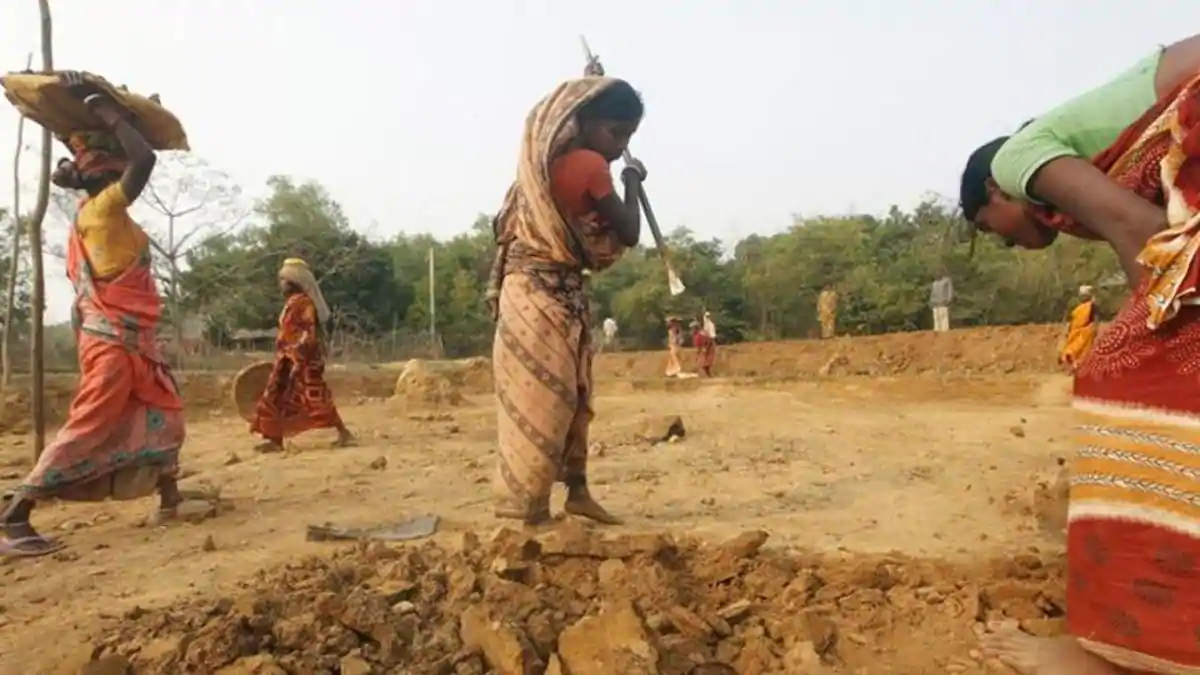
Rising NREGA Employment Demand in Covid-19 Times
- By Avinash K. Vashistha --
- May 19, 2020
Rural Unemployment, Covid-19 impacts, high demand for work
Background: The Mahatma Gandhi National Rural Employment Guarantee Act (NREGA) was notified in 2005 with the goal to improve the livelihood security of people in rural areas. MGNREGA is a universal scheme guaranteeing 100 days of wage employment in a year to every rural household that expresses a demand. Every registered households receives a Job Card (JC) to track their work completed. Demand for work is aggregated at the village level and the scheme is implemented by the gram panchayat. Currently, there are 76.5 million active JCs out of 137 million valid JCs that have been issued; an additional 6 million JCs are pending issuance for the year 2020-21.
Table 1: Number of Household-Days of Employment during April to May, across years
|
Month Year |
January |
February |
March |
April |
May |
June |
|
2018 |
1,28,87,955 |
1,42,01,802 |
1,37,83,698 |
1,30,28,863 |
1,73,22,467 |
1,93,95,424 |
|
2019 |
1,81,92,305 |
1,77,82,345 |
1,61,96,261 |
1,70,36,441 |
2,12,51,571 |
2,16,07,554 |
|
2020 |
1,57,88,885 |
1,87,07,667 |
1,59,45,956 |
70,65,983 |
21,46,755 (Till 12th May) |
N.A. |
Status of Employment under MGNREGA: In normal years demand for employment under NREGA rises during April to June as there are no major agricultural activities carried out in this period. But the combined effect of Corona Virus and stringent lockdown have impacted rural employment very hard and it could widen the existing rural distress in India. A trend analysis of NREGA data highlights that most states have recorded a decline in demand for by employment by 50-70% of their normal demand. It resulted in tripling of rural unemployment from 8.4% to 23.9% as per CMIE Data.
In April 2020, during the peak of the lockdown only 50 - 60% of the April employment in normal years was demanded under NREGA. This is lowest number for employment offered in any month since 2013. Out of these, around 45% of employment comes from only 2 states, Andhra Pradesh, and Chhattisgarh. Other larger states have recorded less than 5 Lakh household-days, with many recording nil employment as well.
Table 2 Monthly Demand for Work and Actual Employment in Household-Days, across years
|
Year
Month |
2019 |
2020 |
||
|
Work Demand |
Employment provided |
Work Demand |
Employment provided |
|
|
March |
2,02,83,674 |
1,61,96,261 |
2,05,87,477 |
1,59,45,956 |
|
April |
2,11,14,774 |
1,70,36,441 |
1,21,33,189 |
70,65,983 |
|
May |
2,48,35,696 |
2,12,51,571 |
1,77,73,711 |
21,46,755 |
Many migrant workers returning from Metro and other cities to states like Uttar Pradesh, Bihar, Madhya Pradesh, Jharkhand, and Odisha since announcement of lockdown. A return of these workers, who have no rural work, will eventually lead to an increased work demand in NREGA. Table 2 shows that while demand for work was roughly the same in March 2019 and 2020, it has significantly reduced in April and May (till 12th of May) as we deal with the national lockdown. In these later months demand for work far outstrips the employment provided under NREGA. In states like Uttar Pradesh, Rajasthan, Bihar, Madhya Pradesh, Jharkhand, and Odisha a rapid increase in demand for work under NREGA has been recorded. Work demand in Rajasthan in May was double that of April 2020.
Policy Responses: As the summer advances and the labor migration to rural India due to covid-19 completes we will see a rise in the demand for work. There are two major reasons - first, low employment opportunities in rural areas decline in the summer and second, the addition in rural workforce because of return of migrant workers. Greater flexibility in the functioning of NREGA and timely response to demand for work will be critical in the days ahead.
Data Sources:
https://mnregaweb4.nic.in/netnrega/MISreport4.aspx
https://www.thequint.com/news/india/how-nrega-can-help-rural-areas-in-times-of-covid-19-distress


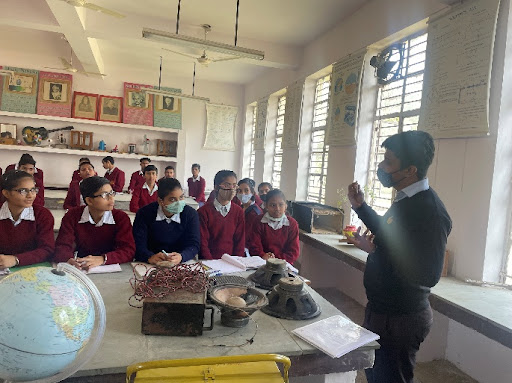
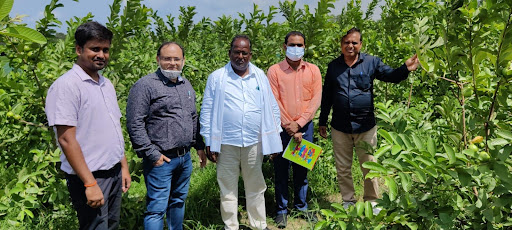

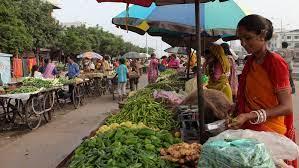
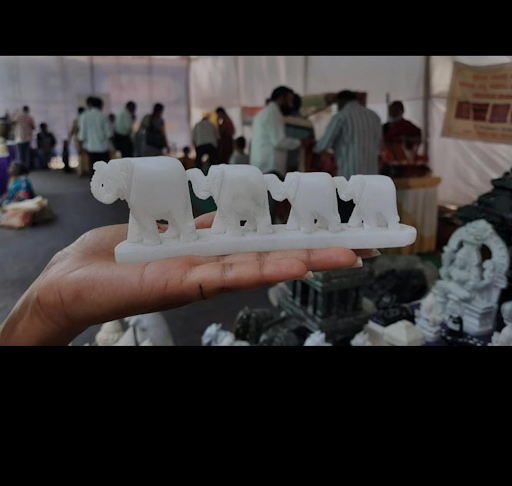
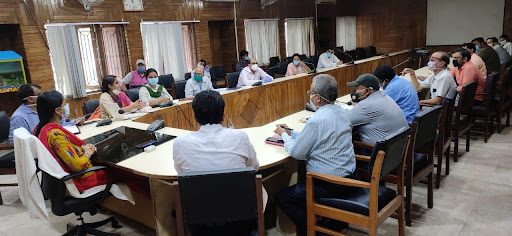





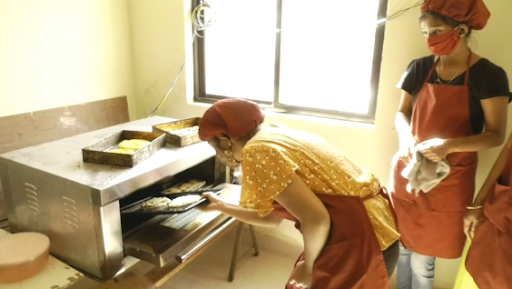
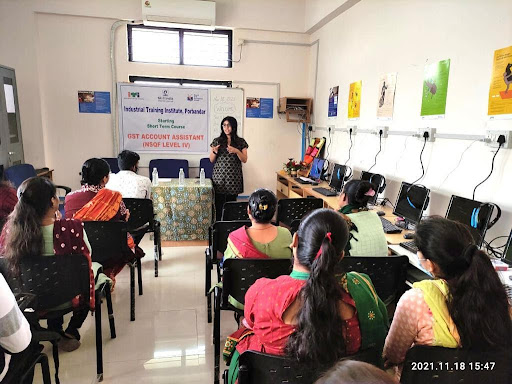
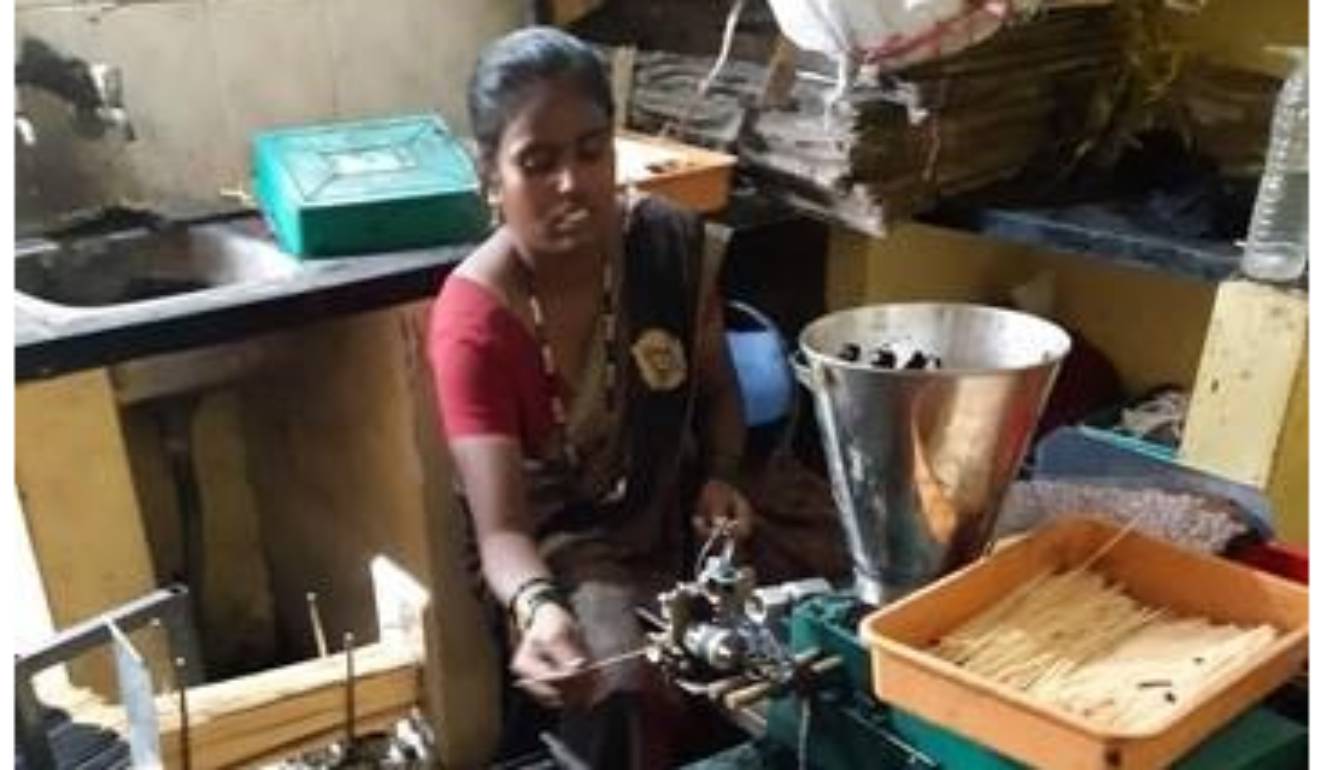



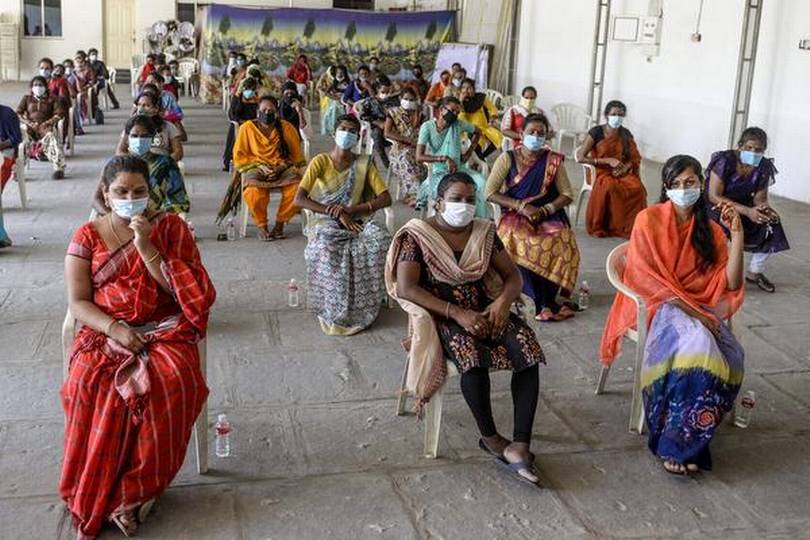








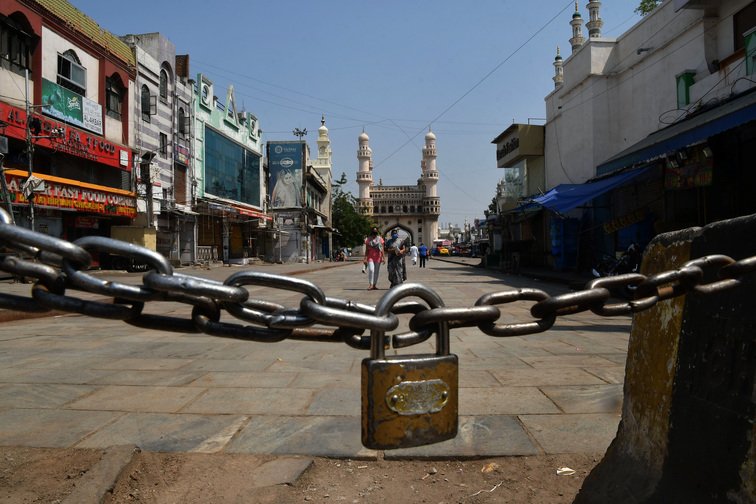




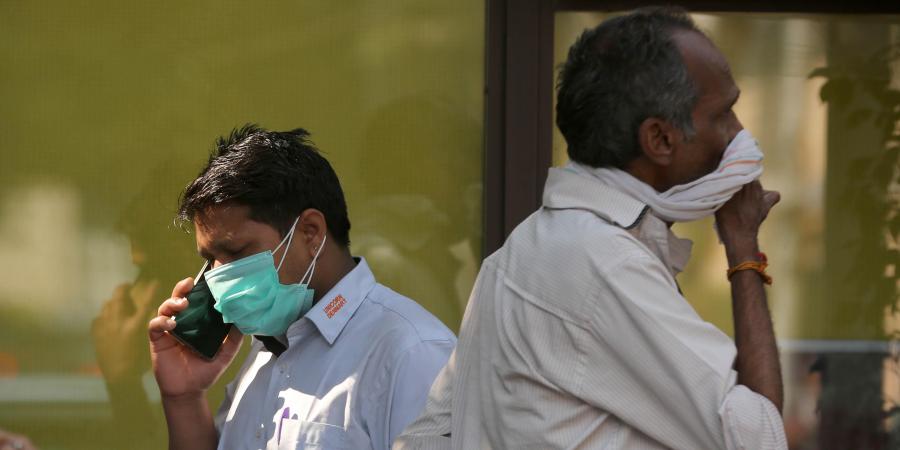
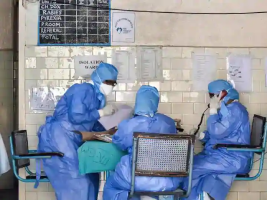

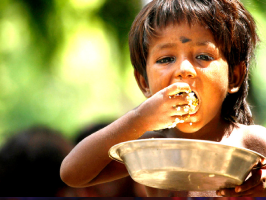
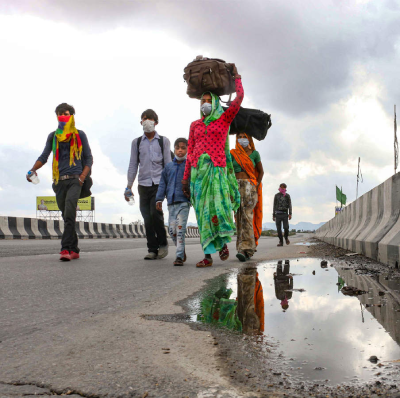
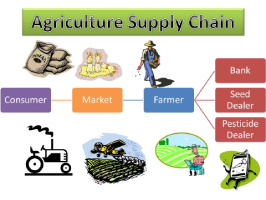
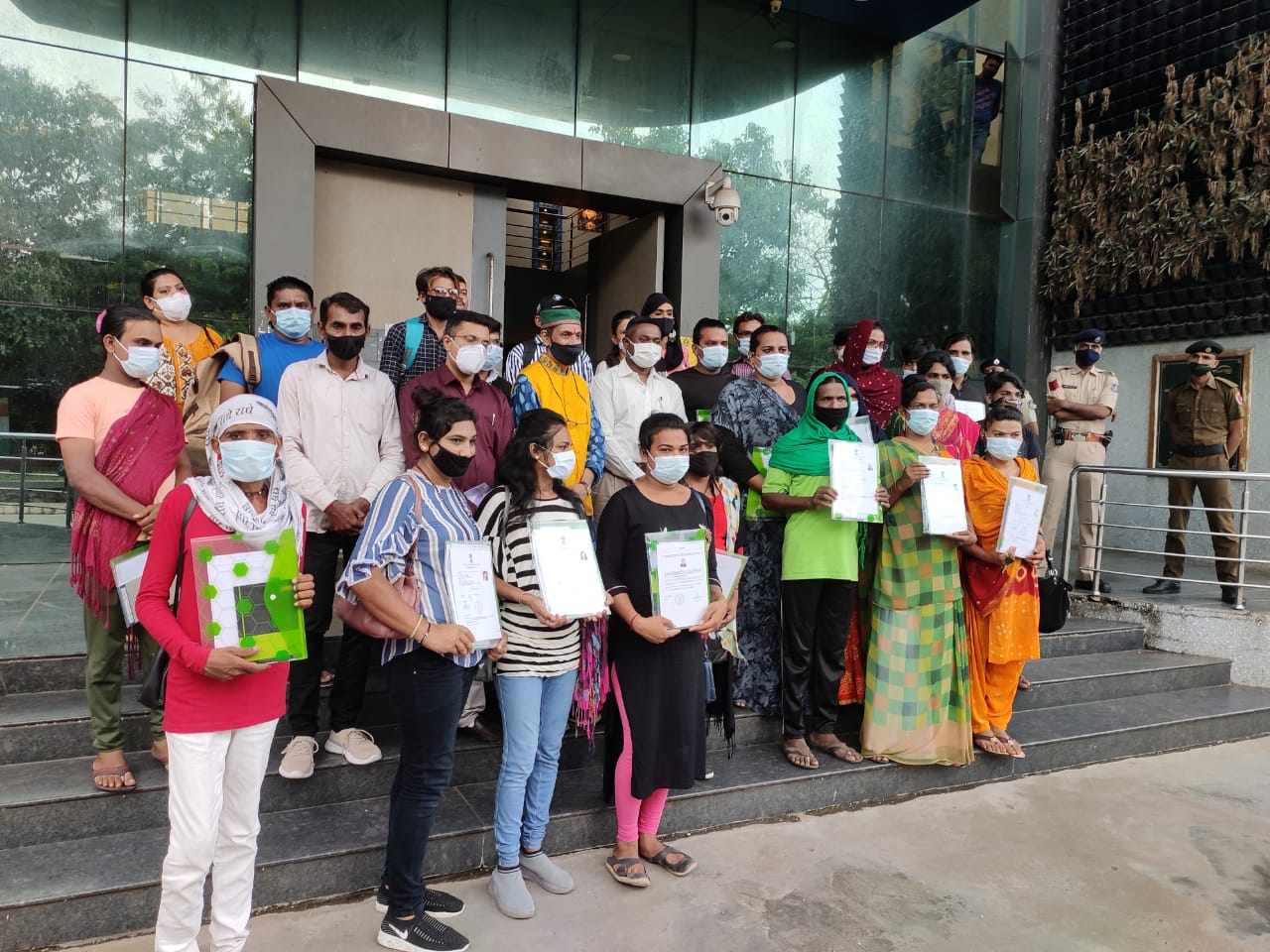
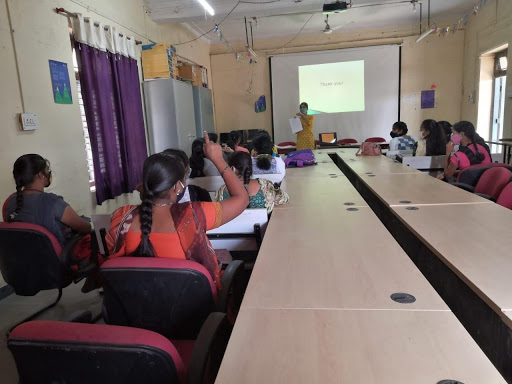



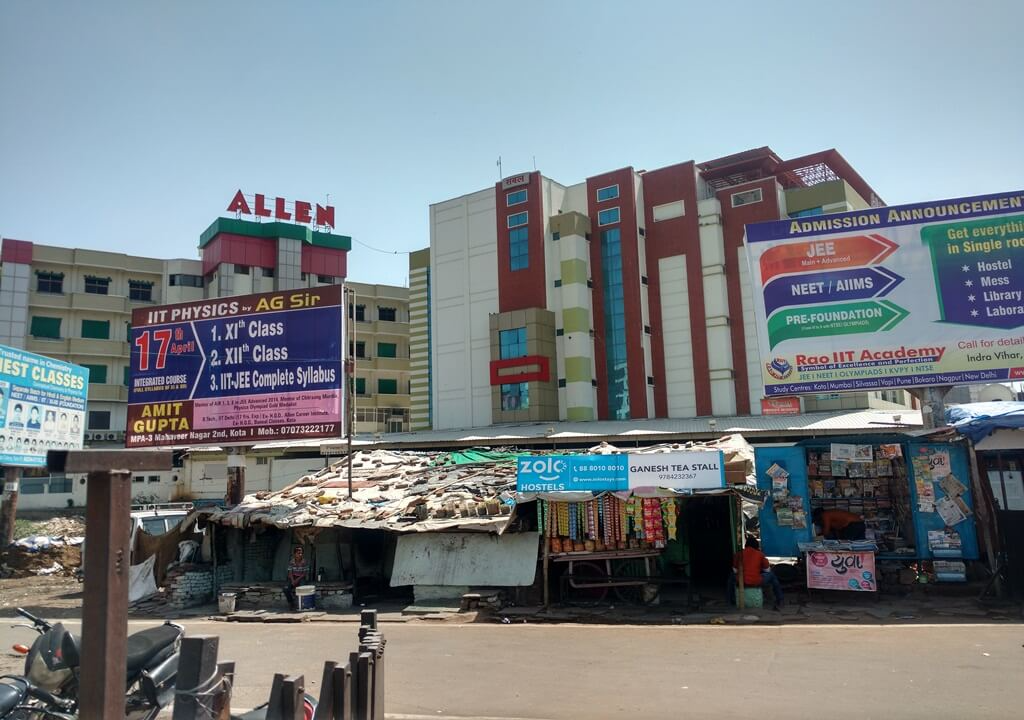
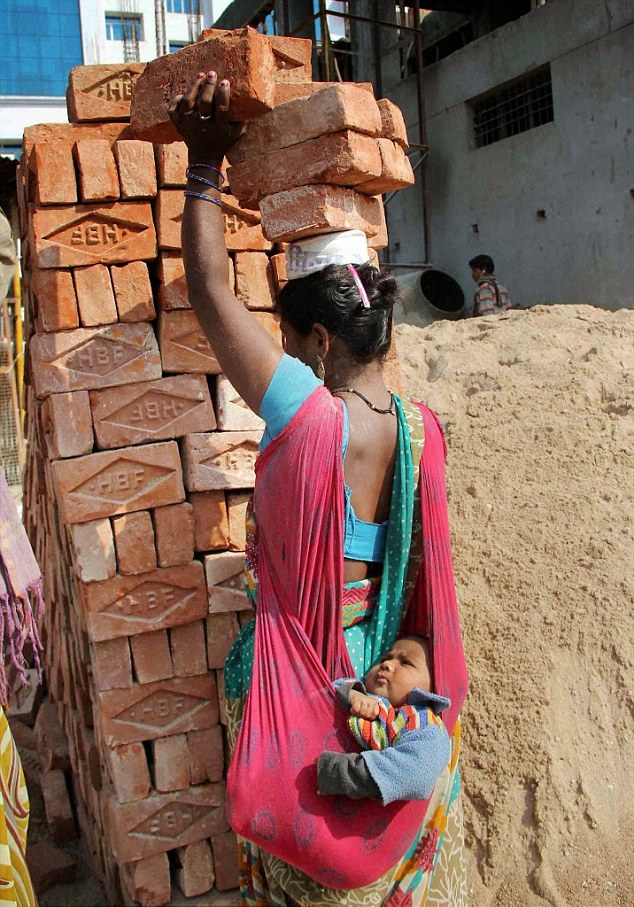

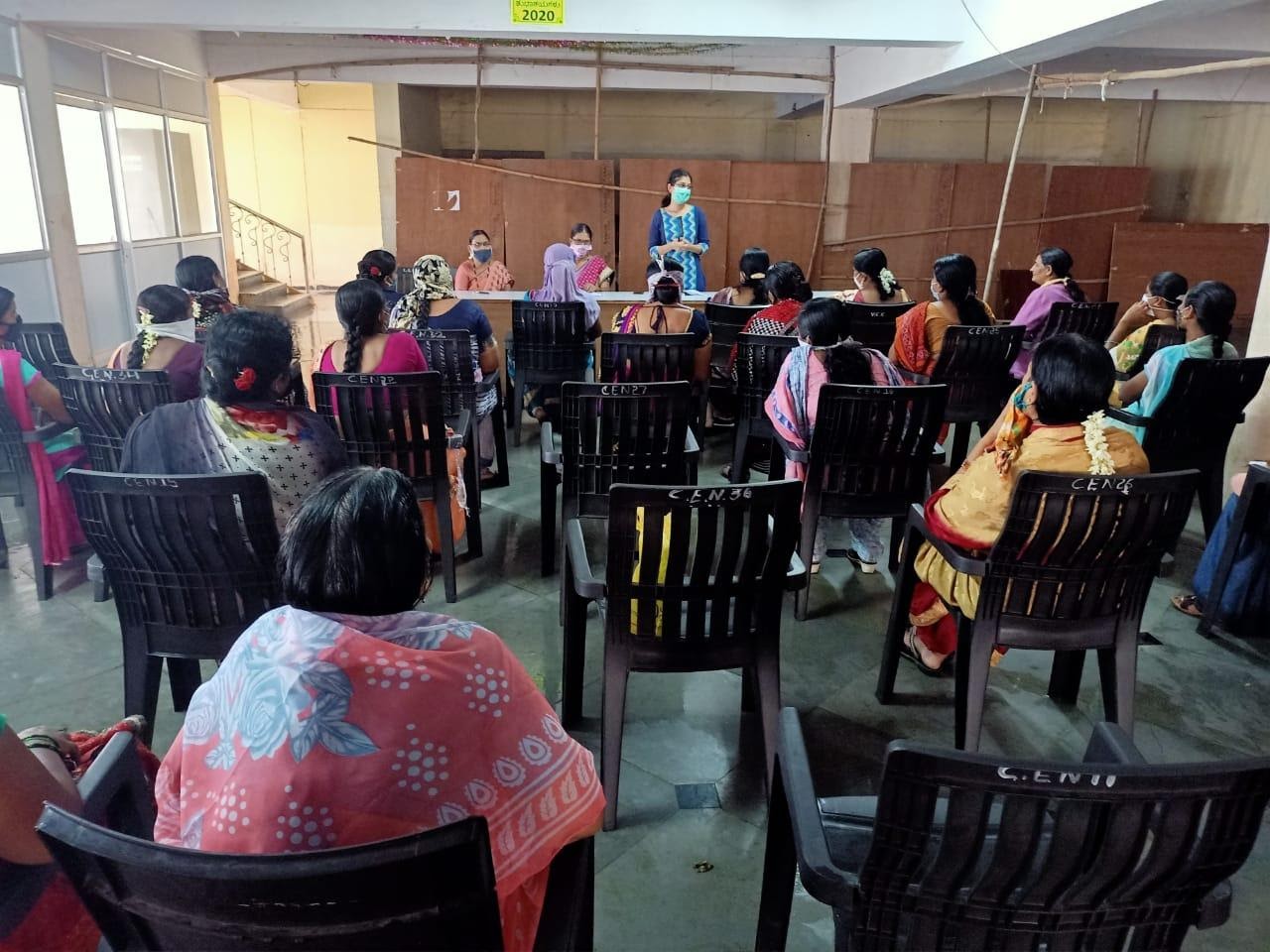
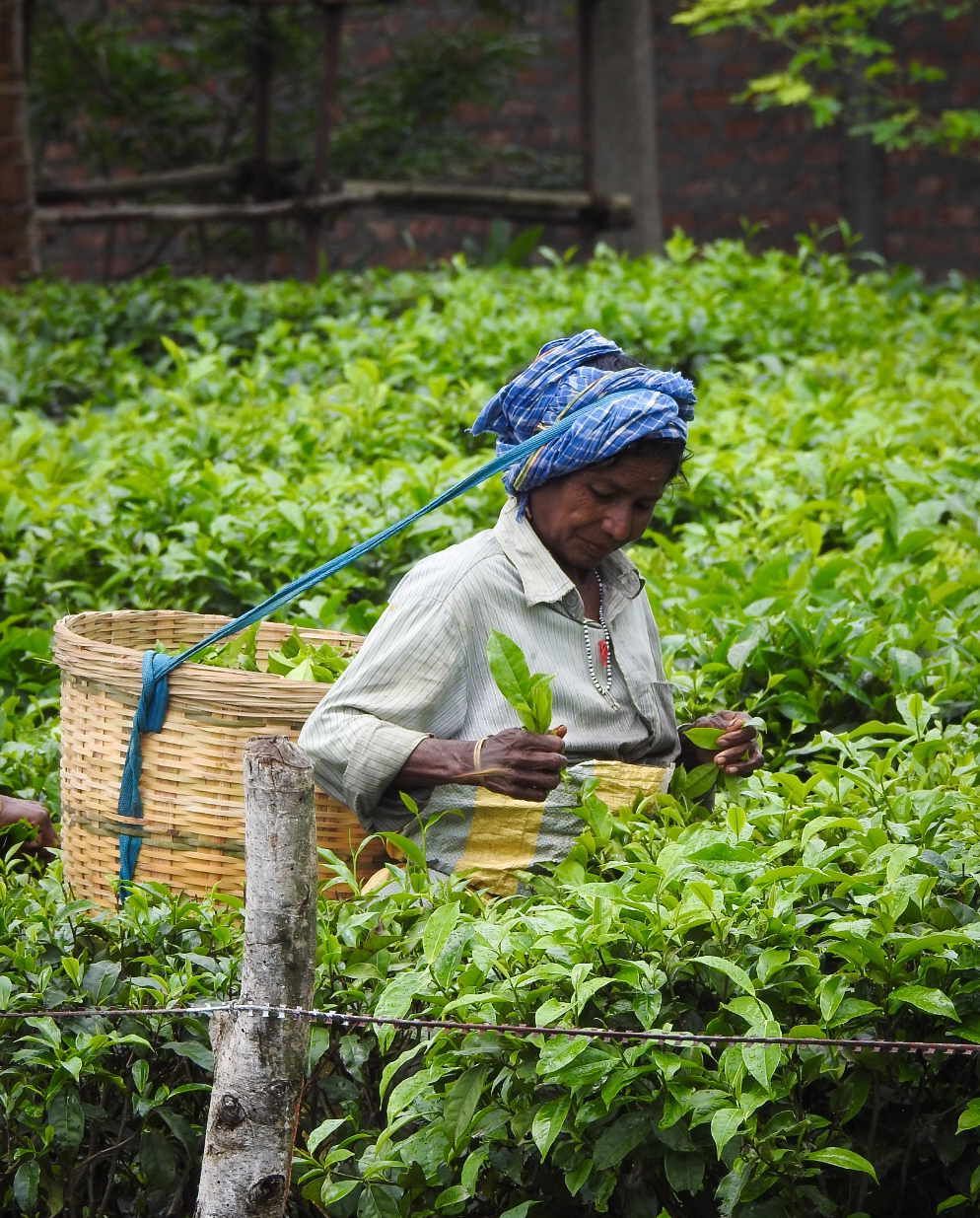
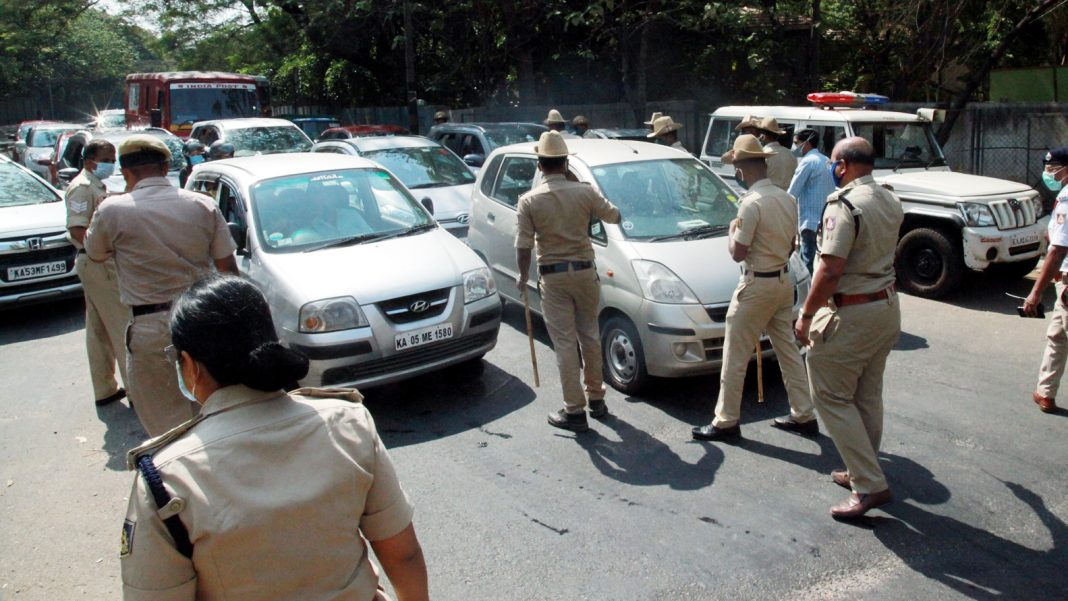


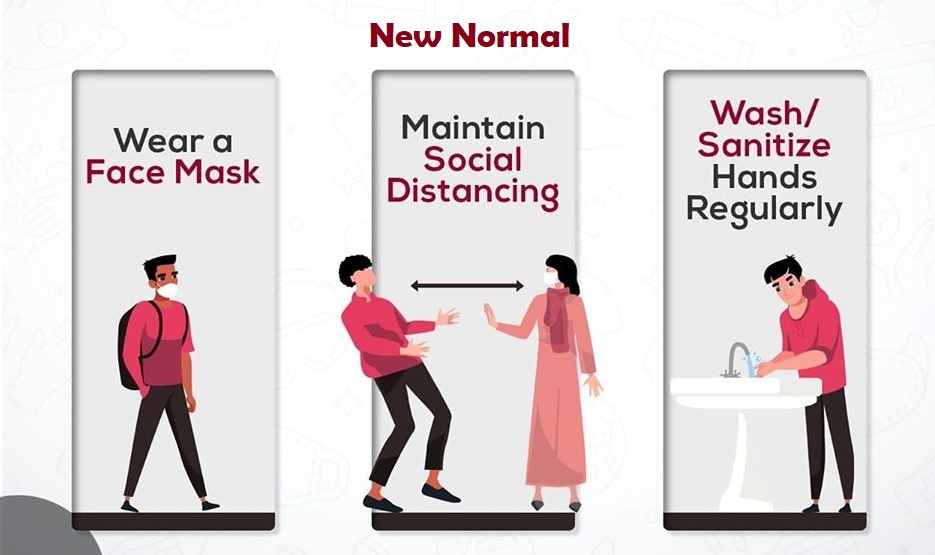


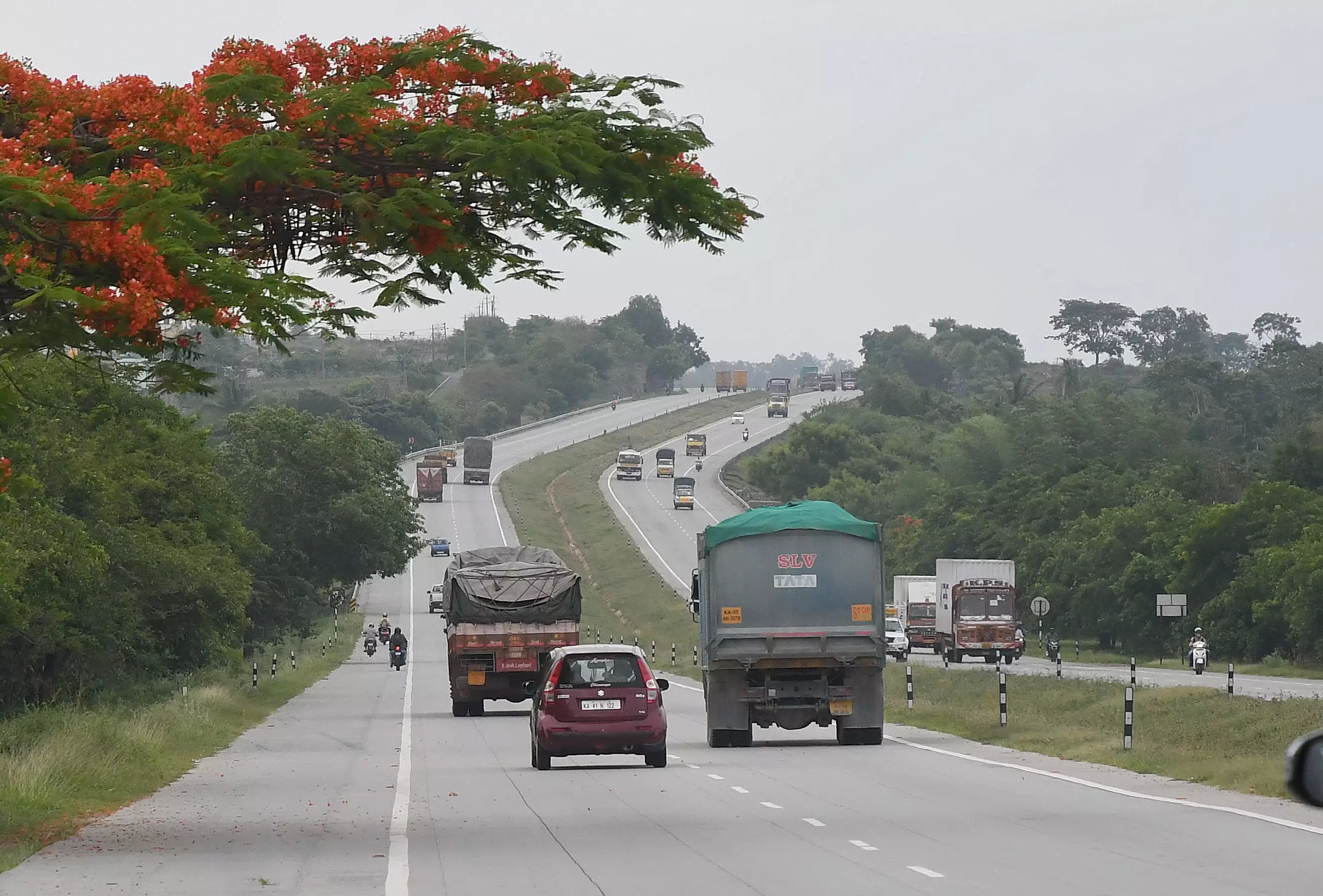
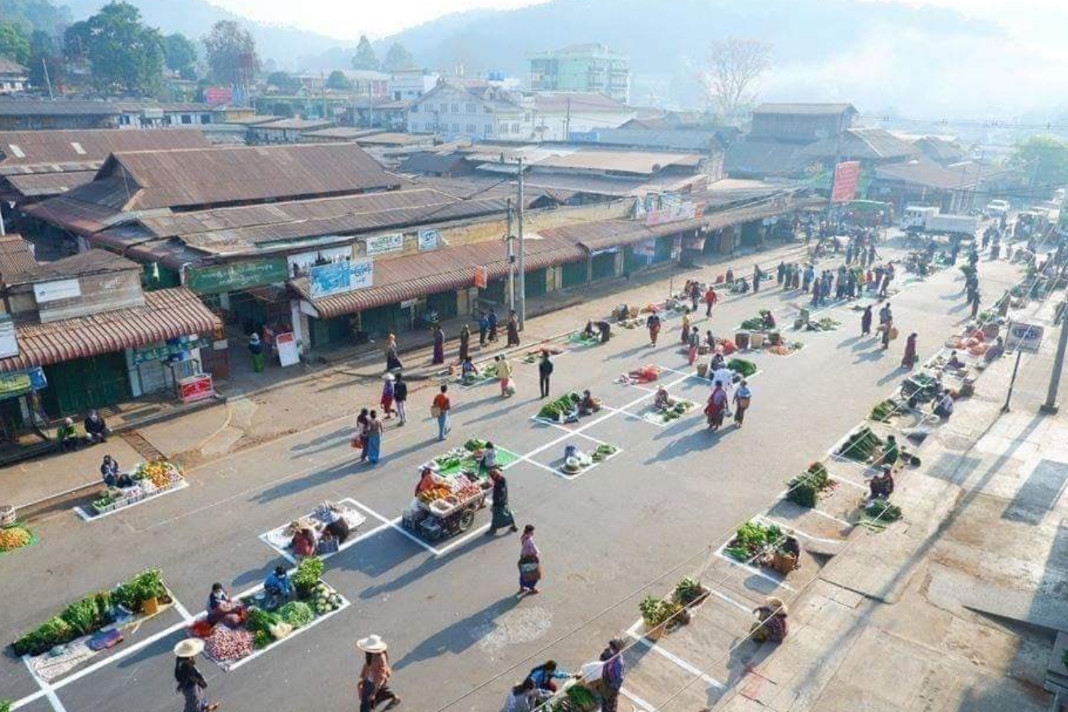

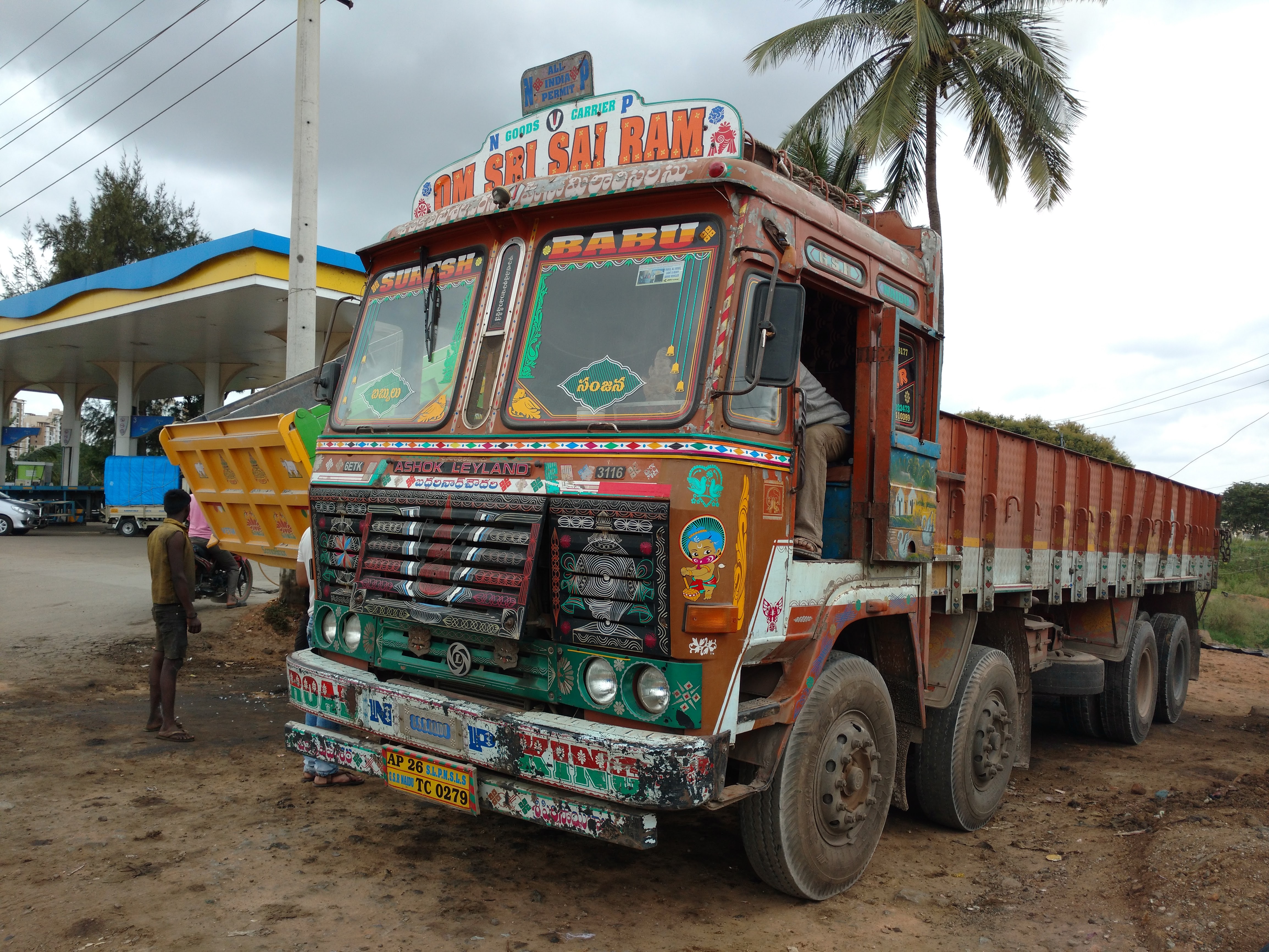

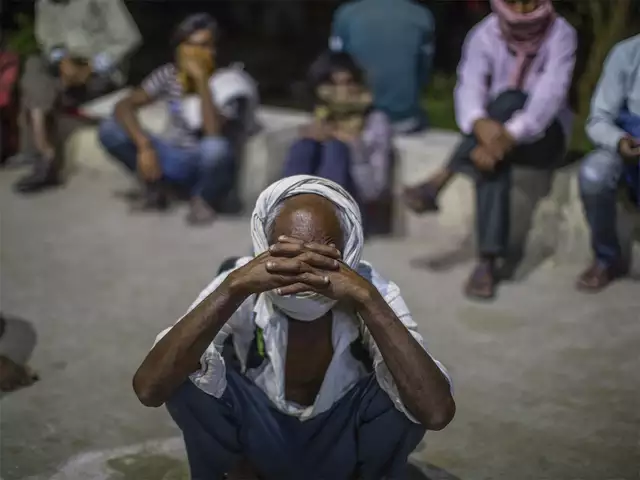

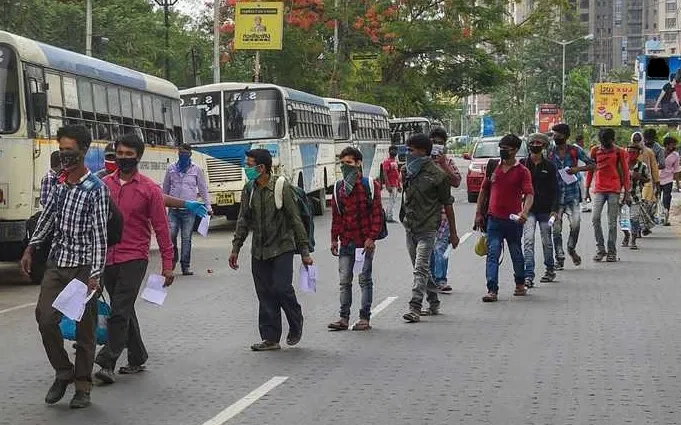



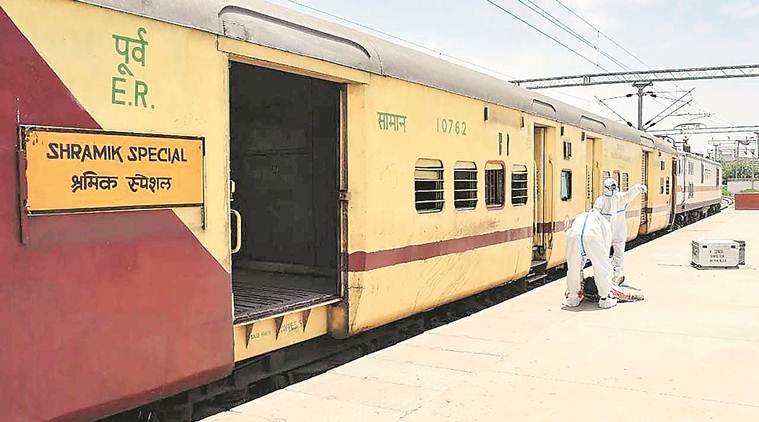

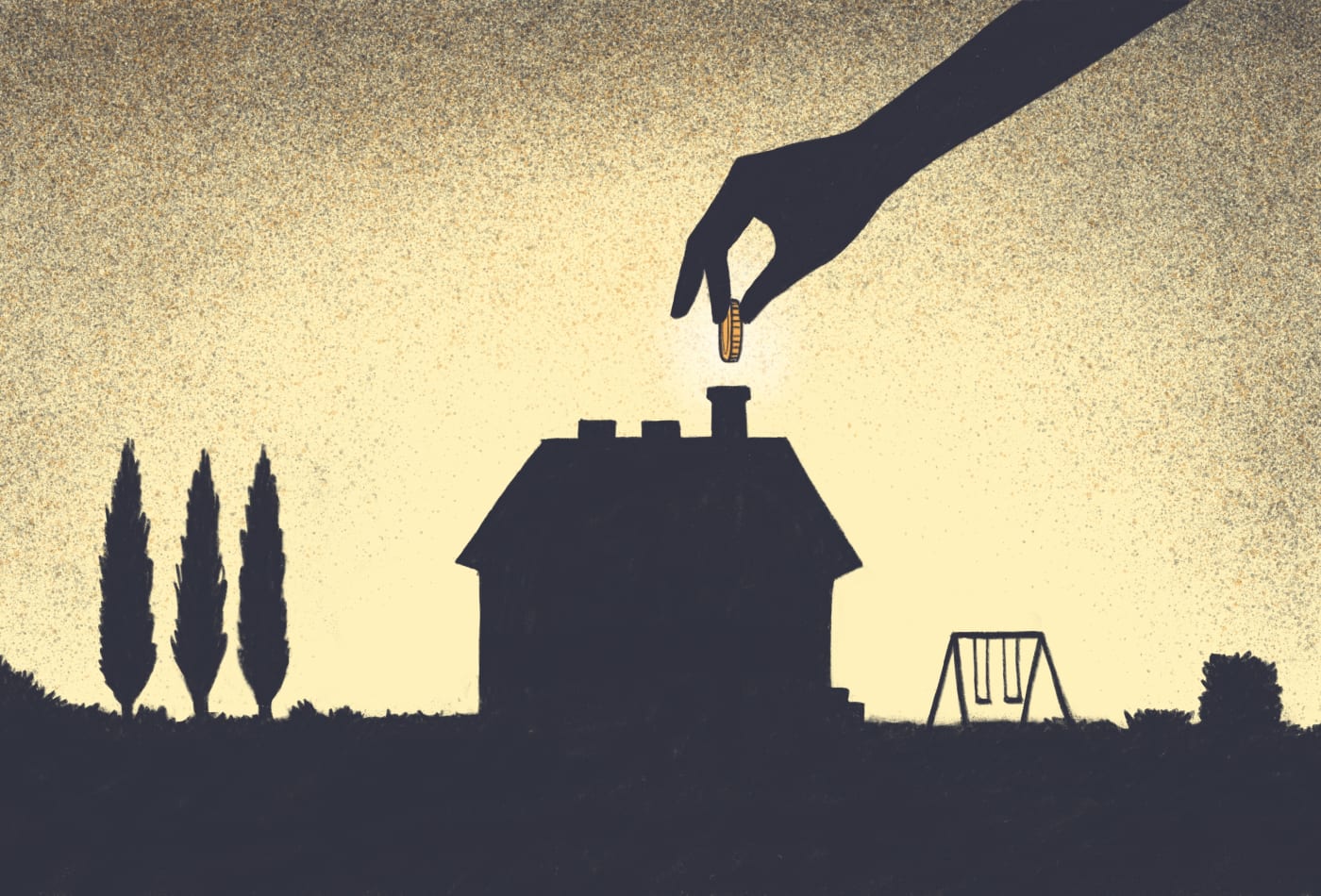

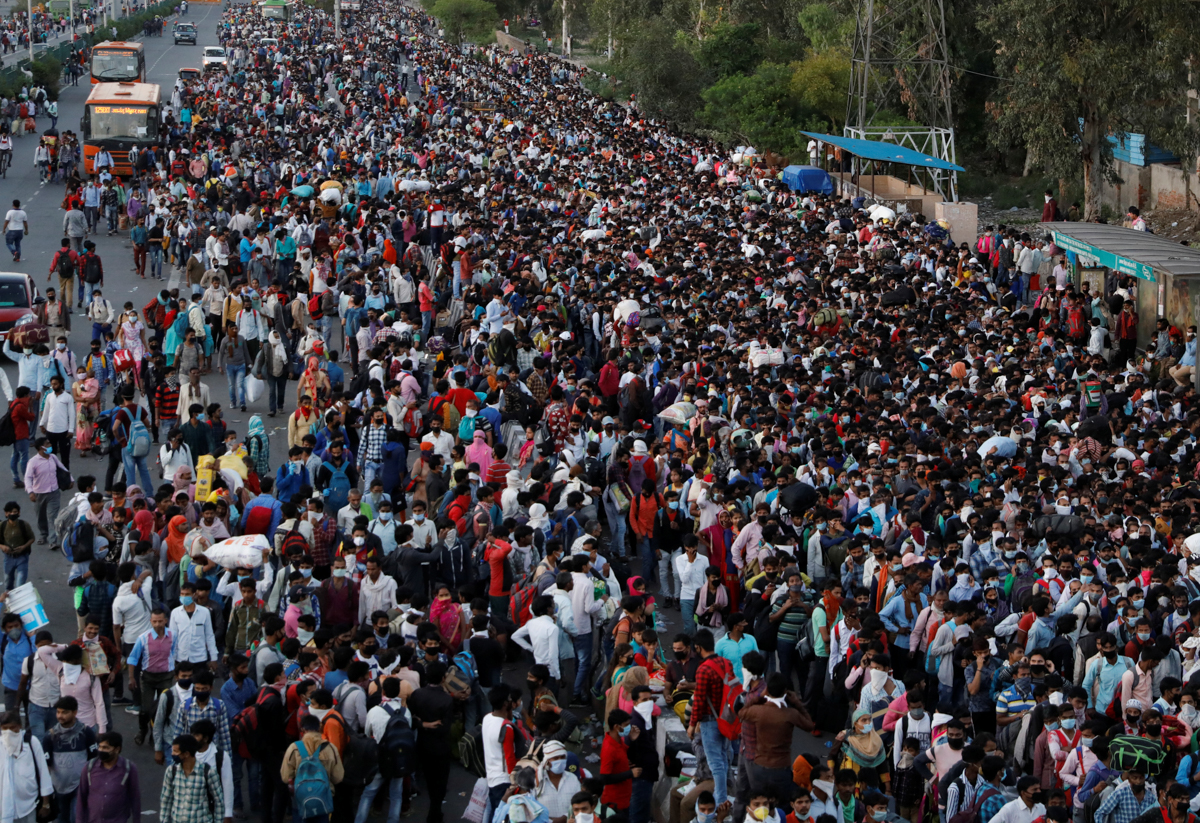
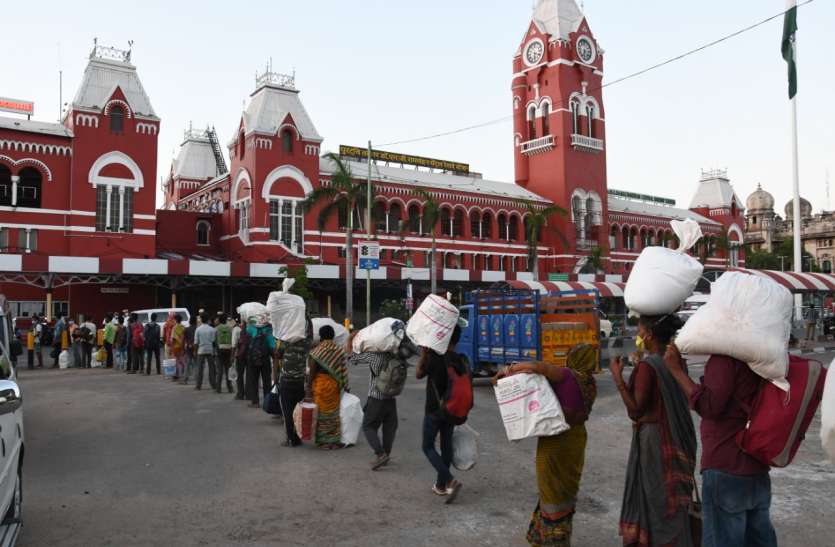
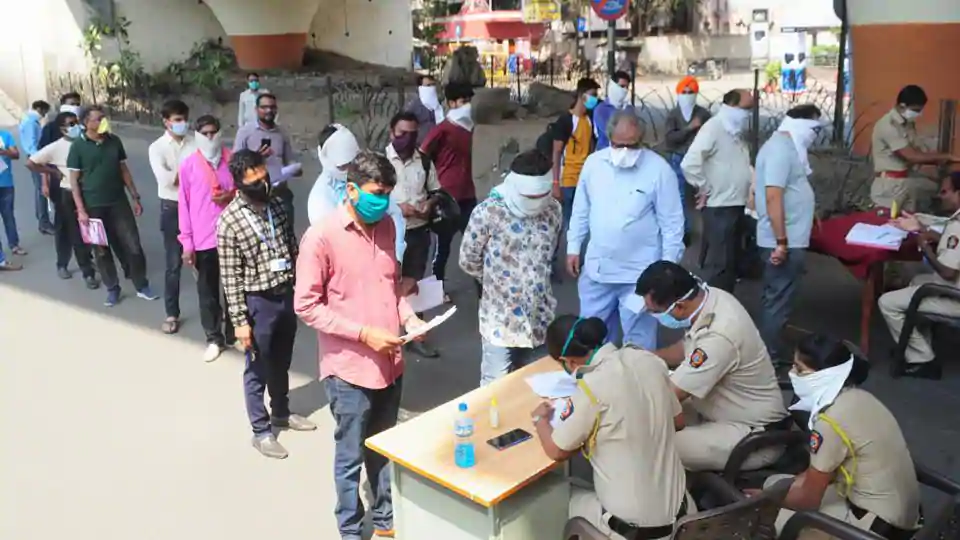
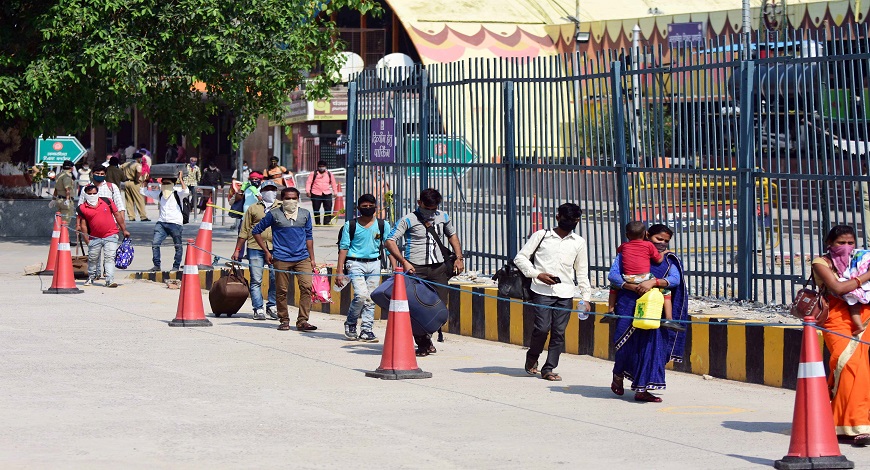
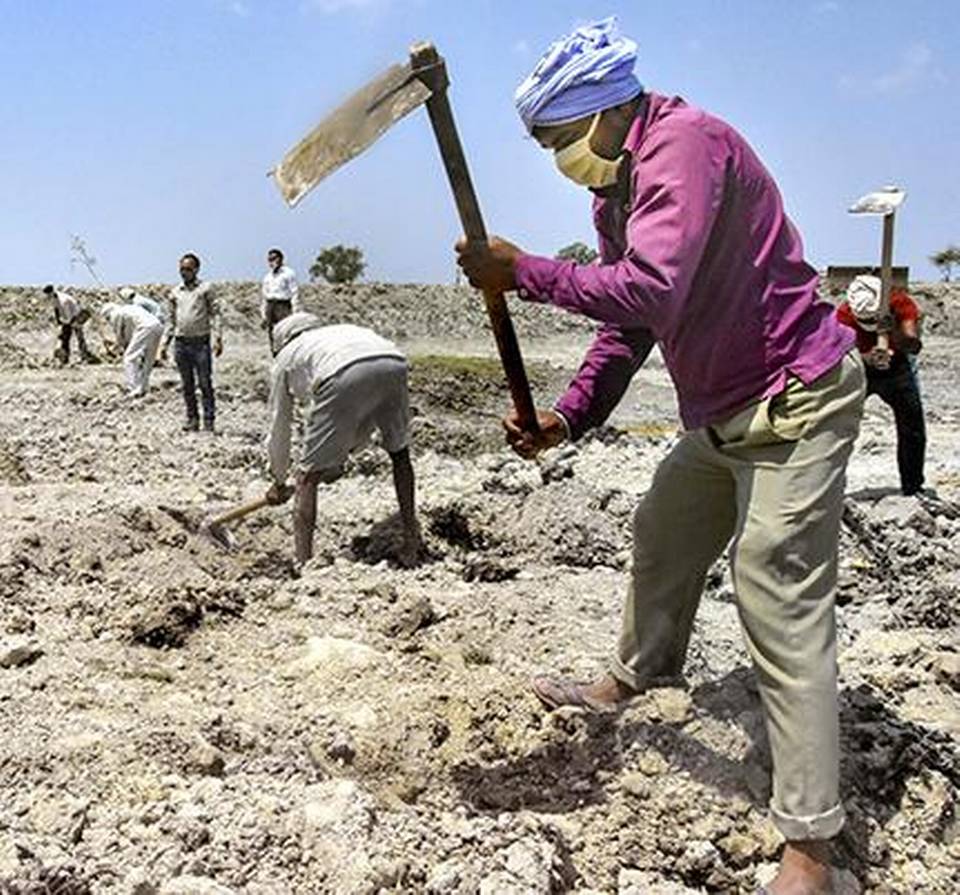
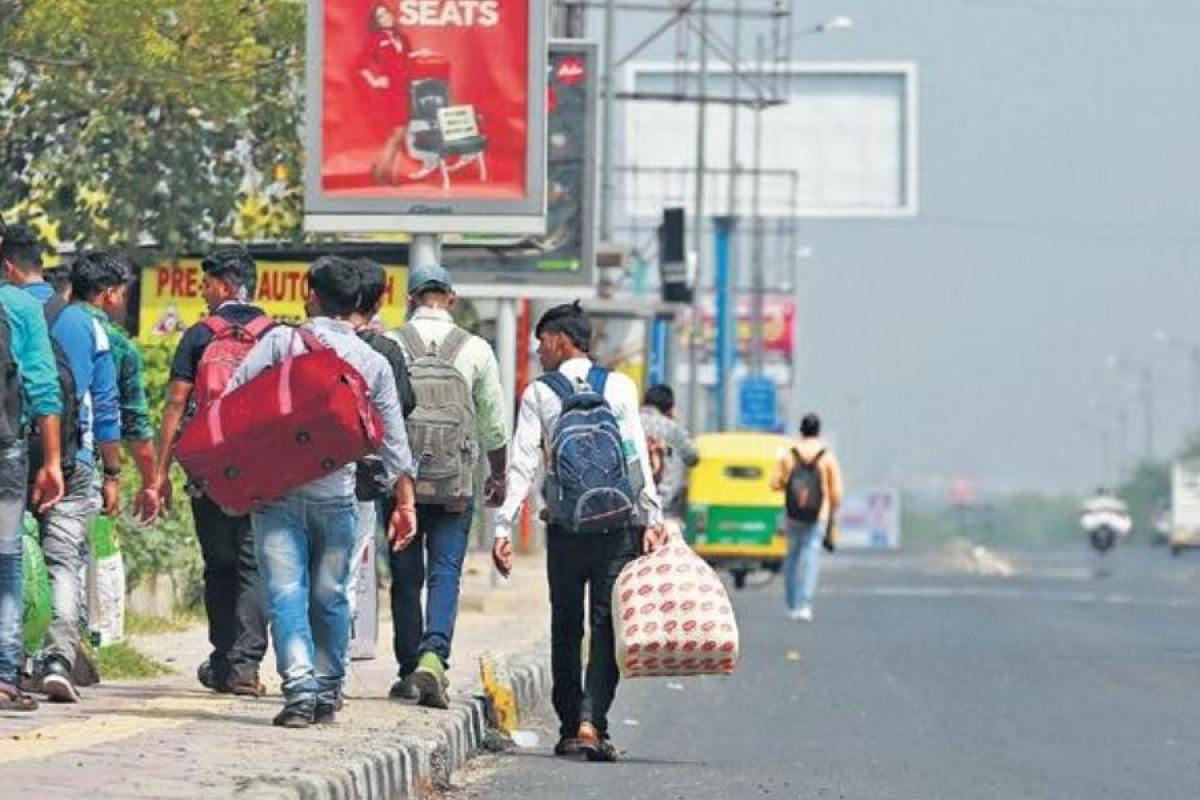
Avinash K. Vashistha